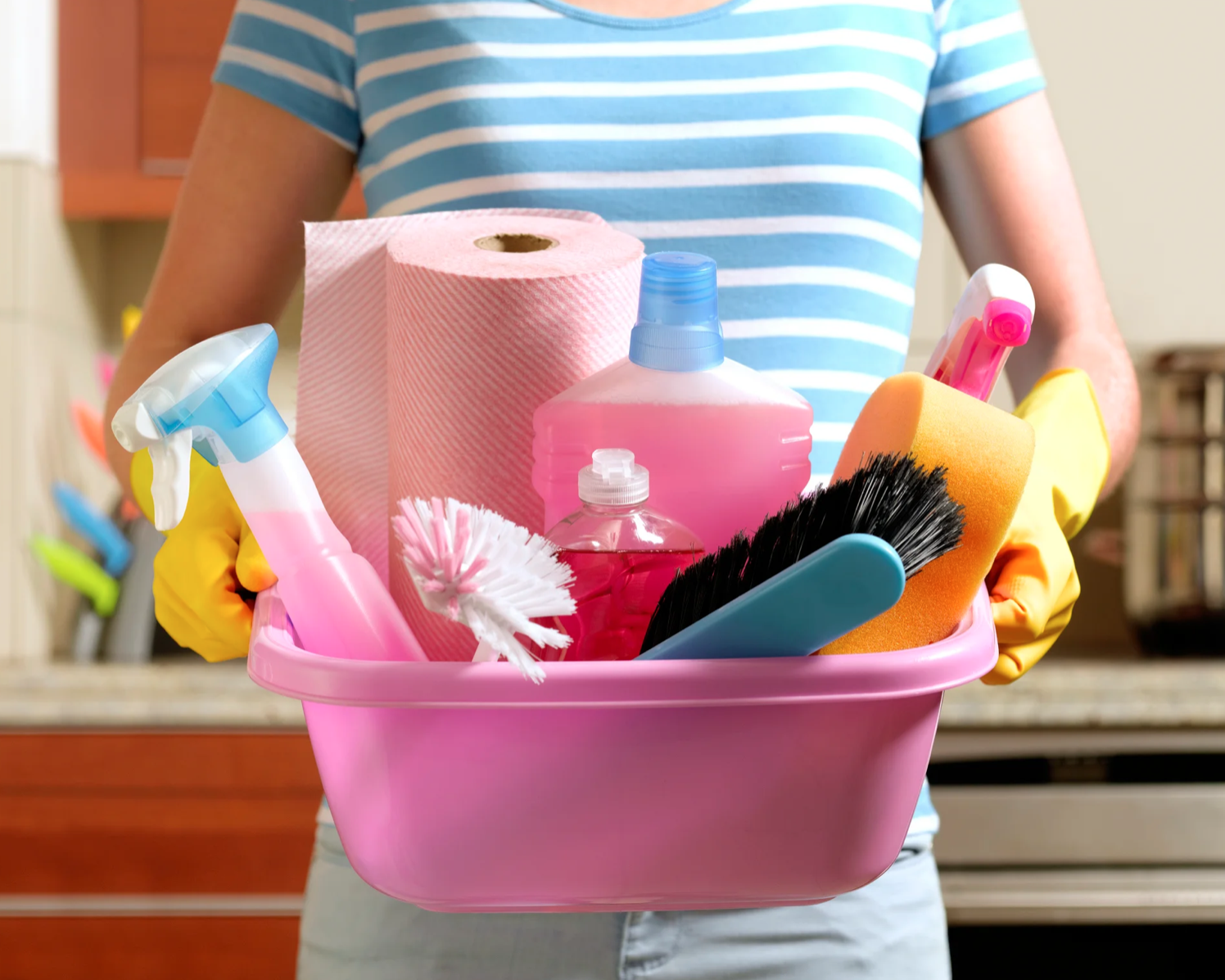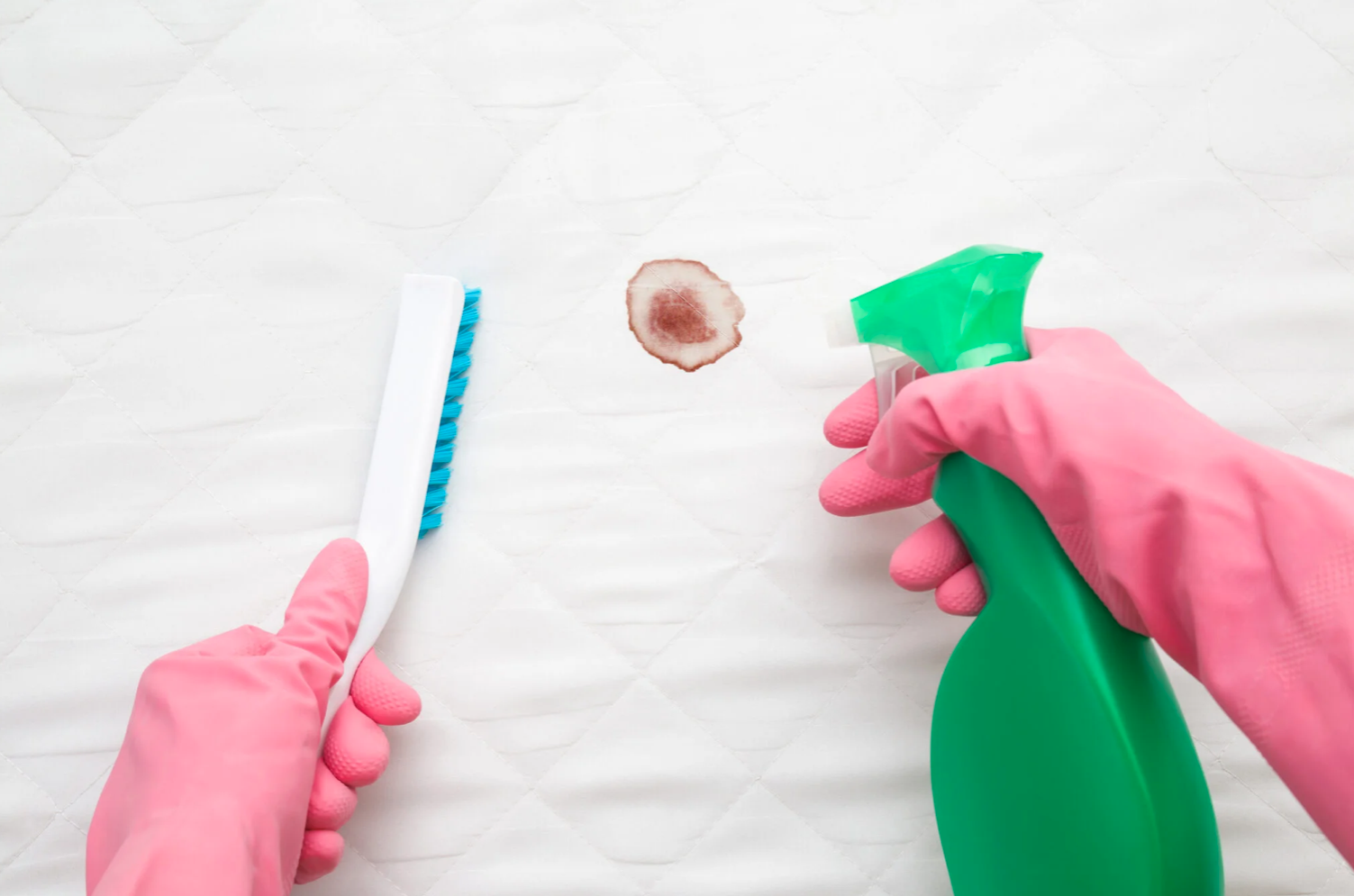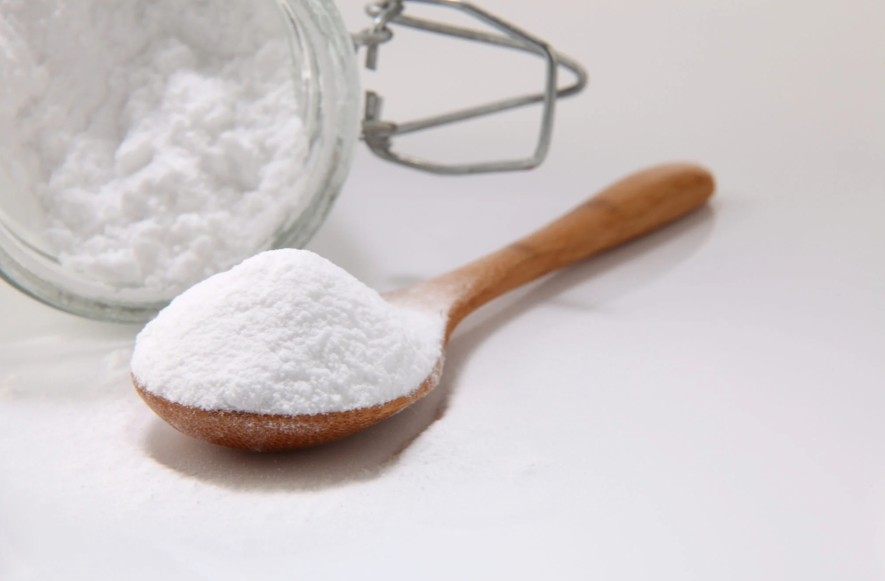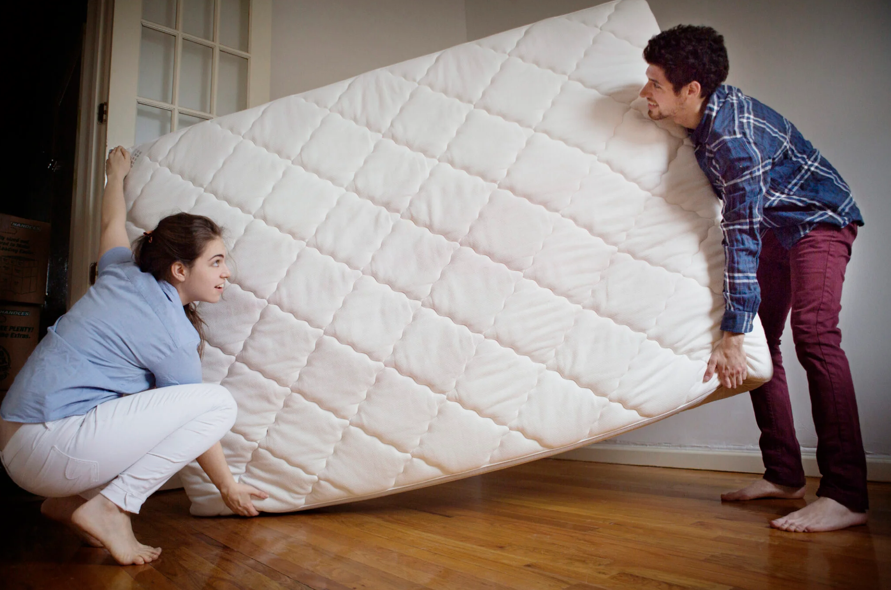Need To Install New Windows For Your Home? Check Out This Simple Guide
RH Business Marketing Solutions
Installing new windows in your home can provide many benefits, including improved insulation, soundproofing, and security. If you are thinking about installing new windows in your home, be sure to follow this simple guide! It will walk you through the steps of installing new windows, from removing the old ones to sealing the frame.
For expert advice and quality installations, trust Atkinson Mirror and Glass, a reputable window replacement service company. Their team is dedicated to providing personalized solutions tailored to your needs, ensuring a smooth and efficient window upgrade process.
Clean The Window Opening
Once you've removed the old windows, you need to clean the opening. The contractors working at Texas Made Windows know how essential it is to clear out all of the old caulking and debris around the window. They use a high-powered cleaning solvent that will remove all of the dirt, grime, and caulking so that the new windows will have a clean surface to adhere to.
If you're installing new windows in your home, be sure to follow this simple guide for cleaning the window opening. It'll make the job much easier and ensure that your new windows look great and last for years to come.
Be very careful when cleaning the window opening not to damage the surrounding woodwork or frame. If you're unsure about how to properly clean the opening, it's best to hire a professional window installer to do the job for you.
Add Flashing Tape
The flashing tape will help you to install new windows in your home. This simple guide will help you to understand how to add flashing tape to your window installation.
First, you will need to purchase the correct type of flashing tape for your project. There are many different types of tapes available, so be sure to consult with a professional before making your purchase. Once you have the right type of tape, cut it to size and apply it around the perimeter of the window opening. Make sure that the tape is applied evenly and that there are no gaps or spaces between pieces of tape.
Next, use a utility knife to score the tape along the edges of the window opening. This will help the tape adhere better to the surface.
Pick The Right Material
You have multiple options for materials when making windows. They are the following:
Wood
Aluminum
Vinyl
Fiberglass
Composite
Each option has its own set of benefits. Wood is a natural material that can be stained or painted to match the home's exterior. It is also energy efficient and provides good insulation.
Aluminum is durable and low maintenance, but it conducts heat and cold well, so it might not be the best choice for homes in extreme climates. Vinyl is a popular material because it is affordable and easy to care for. Fiberglass is strong and energy-efficient, but it can be more expensive than other options.
Choose the right material for your needs to get the most out of your new windows. If you're not sure, consult with a professional to get the best advice.
Add Caulk
The next step is to add caulk. This will help to seal the window and prevent any drafts or moisture from coming in. You can purchase caulk at any hardware store, and it is relatively easy to apply. Simply run a bead of caulk around the perimeter of the window, and then smooth it out with your finger. Once the caulk is dry, you should be all set!
If you have any questions about adding new windows to your home, or if you need help with installation, be sure to contact a professional. They will be able to walk you through the process and ensure that everything is done correctly.
Place The New Window And Secure It
Now it's time to install the new window. The first step is to place the new window in the rough opening. Then, shim it in place so that it's level and plumb. To do this, use wooden shims between the window frame and the wall studs. Once the new window is level and plumb, secure it with nails or screws driven into the studs on either side of the window.
If your new window came with a nailing flange, you can install it now by placing it against the outside of the window frame and driving nails through it into the studs.
Caulk The Interior
Once the window is safe, caulking the interior is the best way to install new windows. It is also a good idea to use a caulking gun. This will help you avoid any mess and will also make it easier to apply the caulk evenly. Be sure to smooth out any bubbles as you go along so that there are no gaps in the caulking.
Caulking the interior of your home is an important part of maintaining its value and keeping energy costs down. By doing this, you'll be creating an airtight seal that will prevent drafts from coming in and heat from escaping.
Installing new windows can be hard, but with the right steps, it's much easier. Clean the opening and add flashing tape. Make sure to choose the right materials and then add caulk to the frame. Then, place the new window and caulk the interior to make it firm and insulated. Good luck!









































